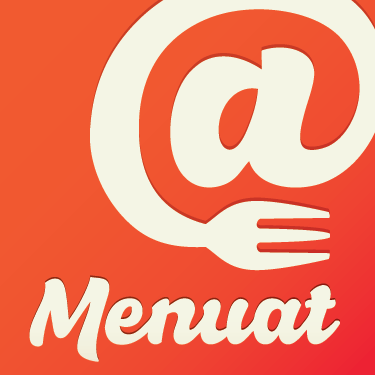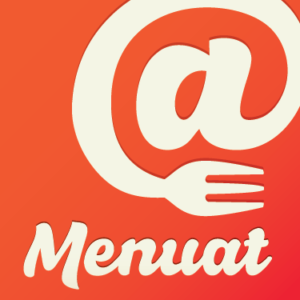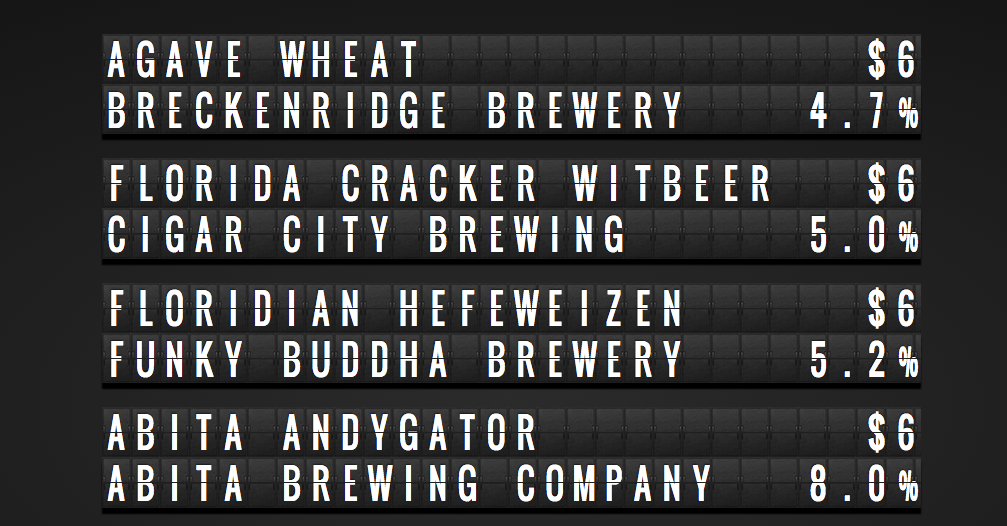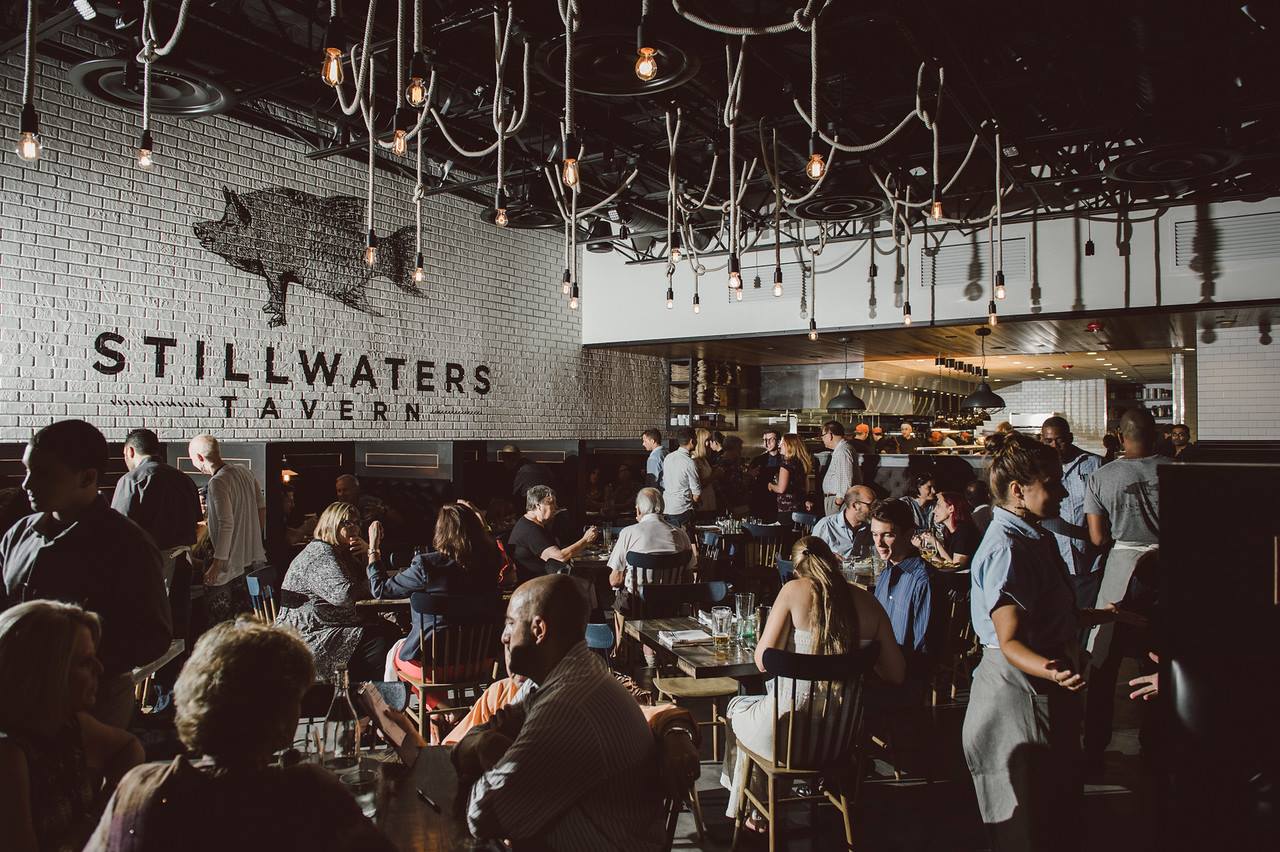
Menuat Puts Creative First With Menu-Board Offer
July 9, 2015 by Dave Haynes
I got into a yelling match at Infocomm last month with a guy named Jeff Charette, CEO of a cool little startup called Menuat.
We were hollering at each other, from a foot away, because we were at a big vendor’s networking party and the band was louder, I swear, than Metallica – even though they were playing Top 40. It was friendly and hopeless. Could barely hear Jeff .
So we caught up again this week by phone, and I could actually hear everything Charette had to say about what his two-year-old company is doing down in beautiful St. Augustine, Florida.
 As the company handle hints, all Menuat does is menus – or signage that has some connective tissue to menus in QSR and fast casual. It’s an extraordinarily crowded vertical, but the 11-person team tries to set itself apart in a couple of ways:
As the company handle hints, all Menuat does is menus – or signage that has some connective tissue to menus in QSR and fast casual. It’s an extraordinarily crowded vertical, but the 11-person team tries to set itself apart in a couple of ways:
1 – They lead with content. Half the team is made up of graphic designers, and when end-users sign on with Menuat, the menu design is built into the deal for almost nothing;
2 – They get the whole multi-platform thing. Charette relates how he got the idea standing in line at a fast food place, and wondering why he couldn’t call up on his smartphone the digital menu that he could barely read from his position 6th in line. Menuat uses web services to deliver HTML5-driven menus on any screen, and builds that into the package offer, as well as a website if it’s needed. So go to a place using Menuat, and you can look over the menu on your phone as you wait, instead of squinting at a distant screen.
The design thing is indeed a differentiator. I’ve seen good design by companies that focus on menuboard CMS platforms, but I’ve also seen lotsa bad. Looking at Menuat’s portfolio, I see a little pedestrian but mostly good to very good.
My favorite is a sign that uses an HTML5 tool (or element) called Canvas to dynamically draw a craft beer menu (slice of it below) that looks like an old school train or bus station sign. The elements refresh every 30 seconds and subtle audio is used to replicate that chattering sound of the letter and number plates changing.

It’s at a new place called Stillwaters in Saint Petersburg, Florida, which looks like a place I need to visit – craft beer and fresh seafood works for me (and most people).

Menuat works on a SaaS basis, but the offer is somewhat unique. An upfront $495 gets you a first player, creative consultation, and a menu design with revisions. Then you pay $95-$145 a site – not per player – for access to a web-driven CMS written by the company, and variations on the whole nine yards of menu boards, mobile and web.
One thing I think is particularly strong about the user experience is that menus can be updated off any screen, including a smartphone. Having written five other CMS platforms in past working lives, Charette says it was critical what the user sees is contextual. So when you want to change a price on a menu, for example, you’re not going to some vanilla form or spreadsheet to key stuff in. You’re looking at the menu as it appears, and you select what you want to change based on what you see.
I also like the ability to shift around the layout at will, and the ability to search menus on a smartphone.
A lot of companies have been chasing, and continue to chase, the QSR vertical – because the sector is rapidly making the shift to digital. So to get noticed and cut through all that clutter, you need a hook. A lot of companies have come at this from a lot of angles, but it’s not often I see a company leading with creative and the user experience for the people in line.



Leave a comment